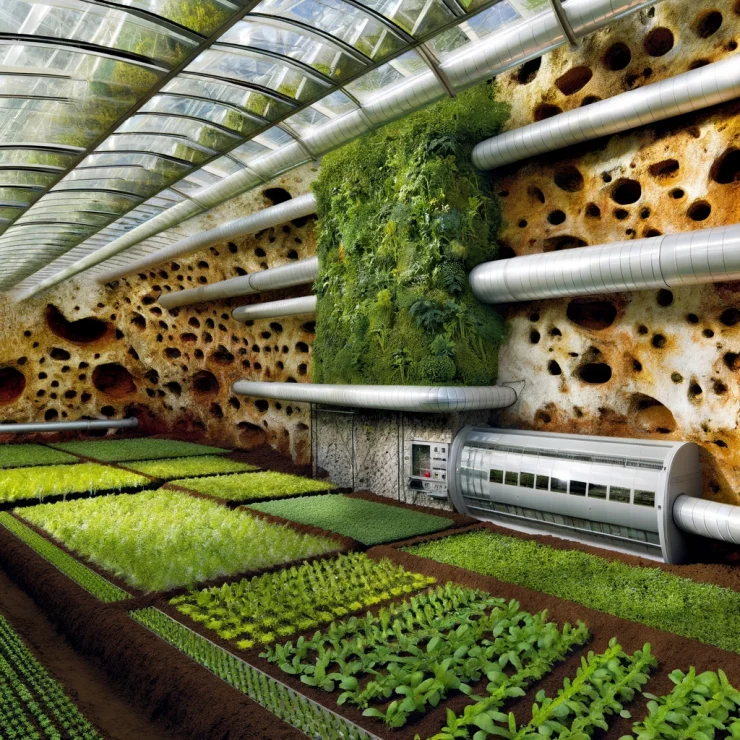
GARDENING
How to build your own underground greenhouse with constant temperature all year long
For avid gardeners and enthusiasts of sustainable living, having a greenhouse can be a game-changer. It extends the growing season, protects delicate plants from harsh weather conditions, and allows for the cultivation of a wider variety of crops. However, traditional above-ground greenhouses can be subject to temperature fluctuations, making it challenging to maintain an optimal environment for plants. That’s where underground greenhouses come in. By harnessing the natural insulating properties of the earth, these structures offer a stable, constant temperature year-round. In this article, we’ll explore how you can build your own underground greenhouse and create an ideal growing environment for your plants.
Site Selection:
Choose a location with good sun exposure, preferably facing south to maximize sunlight exposure throughout the day.
Ensure proper drainage to prevent waterlogging, as excess moisture can lead to mold and root rot.
Design Considerations:
Determine the size and shape of your greenhouse based on your space constraints and gardening needs.
Opt for a sloped or domed roof design to allow for natural ventilation and rainwater runoff.
Consider incorporating insulation materials such as foam board or straw bales to enhance temperature regulation.
Excavation and Construction:
Dig a hole for the greenhouse, ensuring it is deep enough to provide adequate insulation and headroom.
Build the walls using materials such as brick, concrete, or treated wood to provide stability and durability.
Install glazing materials for the roof and walls, such as polycarbonate panels or greenhouse plastic, to allow sunlight to penetrate while maintaining insulation.
Ventilation and Air Circulation:
Install vents or louvers to facilitate airflow and prevent overheating during warmer months.
Consider incorporating a passive ventilation system, such as underground ducts or chimney stacks, to promote air circulation without the need for electricity.
Heating and Cooling:
Take advantage of geothermal heating and cooling by burying pipes or tubing underground to circulate air or water.
Install a backup heating system, such as a wood stove or radiant floor heating, for use during colder periods.
Use shading techniques, such as shade cloth or planting deciduous trees, to block excess sunlight and reduce temperatures in the summer.
Watering and Irrigation:
Set up a rainwater harvesting system to collect and store water for irrigation.
Install drip irrigation or soaker hoses to deliver water directly to the roots of plants, minimizing evaporation and water waste.
Monitoring and Maintenance:
Invest in a thermometer and hygrometer to monitor temperature and humidity levels inside the greenhouse.
Regularly inspect the structure for signs of wear and tear, and make any necessary repairs or adjustments promptly.
Building your own underground greenhouse with a constant temperature all year long may require careful planning and investment of time and resources. However, the rewards in terms of extended growing seasons, healthier plants, and reduced energy costs can be well worth the effort. By following these steps and incorporating innovative design features, you can create an ideal environment for gardening and sustainable living right in your own backyard.


